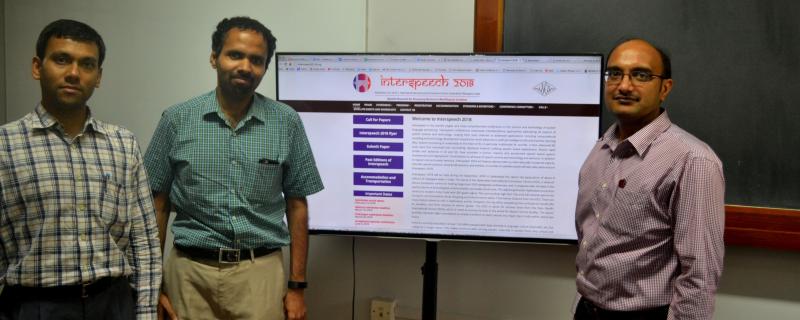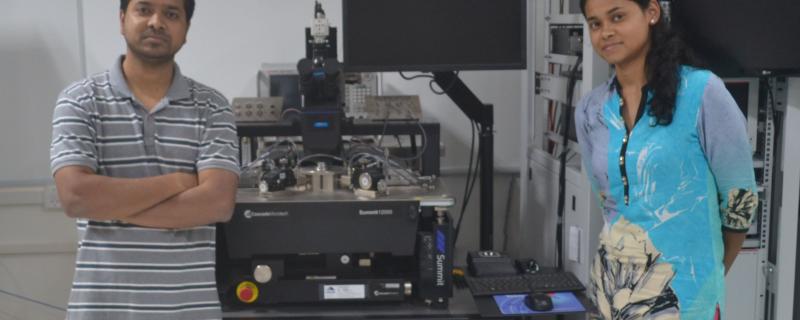Archives
Scientists from the Indian Institute of Science, Bangalore, study how speech recognition software can be improved by modelling it to be more like the brain, such that it works well even in the presence of background noise.
Breast cancer is the second leading cause of cancer-related deaths in women across the world. As per an estimate by the World Health Organisation, 570,000 women died from breast cancer in 2015 alone.
Clean drinking water is an essential prerequisite for good health. In a country like India, where 21% of communicable diseases spread through unsafe water, and more than 500 children under the age of five die each day from diarrhoea, the accessibility to clean drinking water is paramount. Researchers from the CSIR-Indian Institute of Toxicology Research, have developed a frugal water purification system, Oneer, to help overcome our water woes.
Interspeech--the world’s largest and most comprehensive conference on the science and technology of spoken language processing -- is coming to India for the first time ever.
LMC X-4 is a two-star system consisting of a pulsar and a companion star. In a recent study, scientists from the Raman Research Institute, Bangalore, examined characteristics of the X-ray signals emitted from LMC X-4, using signal processing techniques and analysis.
A recent study by researchers from the Department of Environmental Science, Tezpur University, Assam, and the Department of Earth Sciences, Indian Institute of Technology Gandhinagar, Gujarat on the groundwater in the Brahmaputra floodplains has revealed some alarming information.
In research to be shared at the prestigious 56th International Reliability Physics Symposium (IRPS), researchers from the Indian Institute of Science Bangalore (IISc) will present a paper that details a breakthrough in significantly improving the reliability limits of 3D FinFET technology in sub-14nm technology for System-on-Chip integration.
In today’s gadget-filled world of cameras, cell phones, smart watches and other lightweight and wearable devices, thin film transistors are commonplace. They are made by stacking thin layers of semiconductors, insulators and metals.
Have you ever stepped outside and looked up at the sky on a clear, summer day and noticed something swimming in your field of vision? Little transparent worms or blobs that seem to disappear whenever you try and get a closer look at them, only to reappear as soon as you shift your glance.









